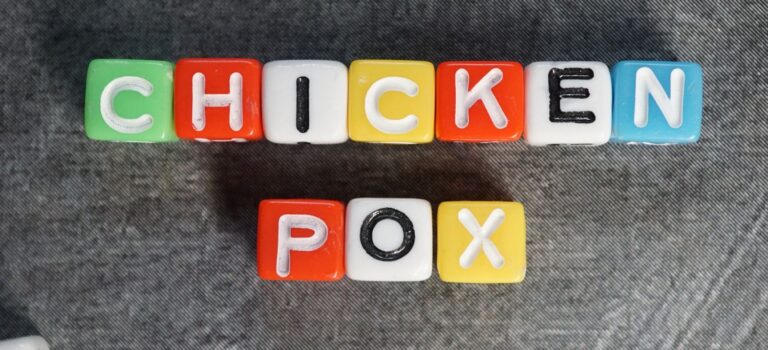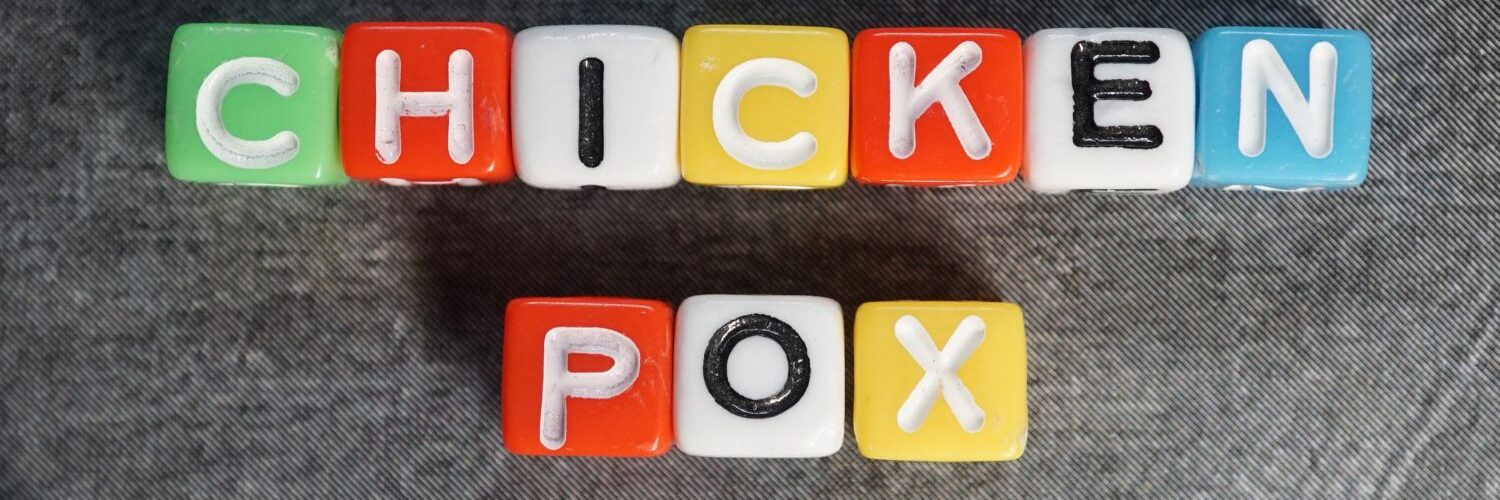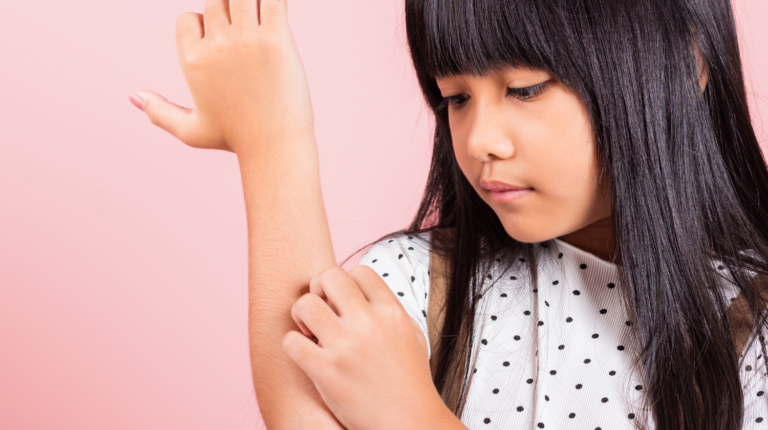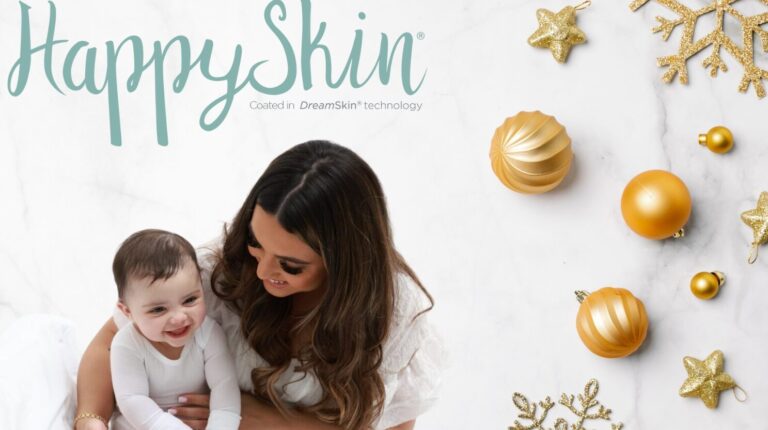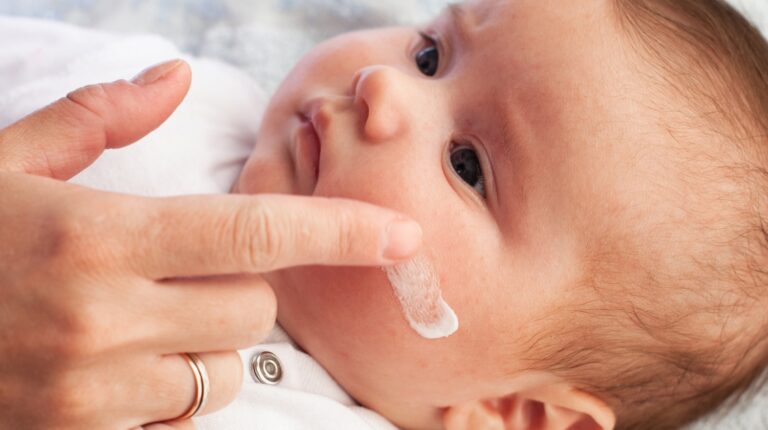
Chickenpox affects pretty much everyone at some point in their lives, usually while they’re children. In fact, around 9 out of 10 people will have had the disease by the time they’re fifteen years of age. Caused by the varicella-zoster virus it often causes misery, however, things can get even more complicated when chickenpox and eczema exist together.
As a parent, you want to do everything you can to help your child through upsetting times like these. That’s why in this Happy Skin blog, we’ll be looking at how to go about treating chicken pox with eczema , as well as how to spot the difference between eczema and chicken pox , to ensure that irritation for your little ones is kept to a minimum.
What is Chicken Pox?
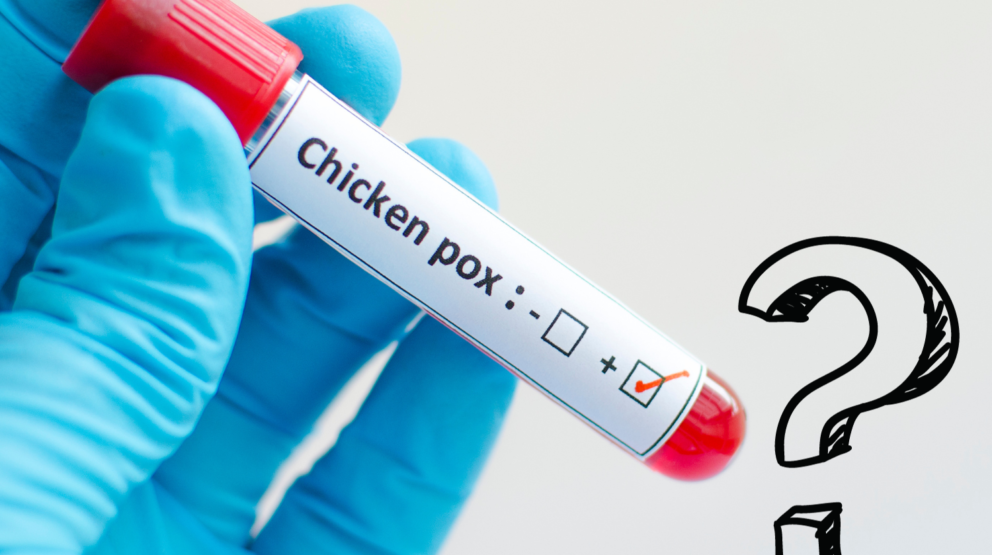
Chickenpox is an extremely contagious infection that first shows up as red spots appearing on the face or body. Most often, it’s relatively easy to identify, but not always when your child has atopic dermatitis. Can eczema be mistaken for chicken pox? It can, particularly if your youngster has eczema herpeticum. However, even then, the spots associated with chickenpox are usually slightly larger and spaced further apart.
Other telling symptoms of the chickenpox virus include:
- Loss of appetite
- General malaise
- Mild fever
- Fatigue
This rash is commonly accompanied by intense itching, with scabbed lesions and blisters appearing – sometimes even inside the mouth. This discomfort can lead to irritability and restlessness, with the whole process lasting between 1-2 weeks.
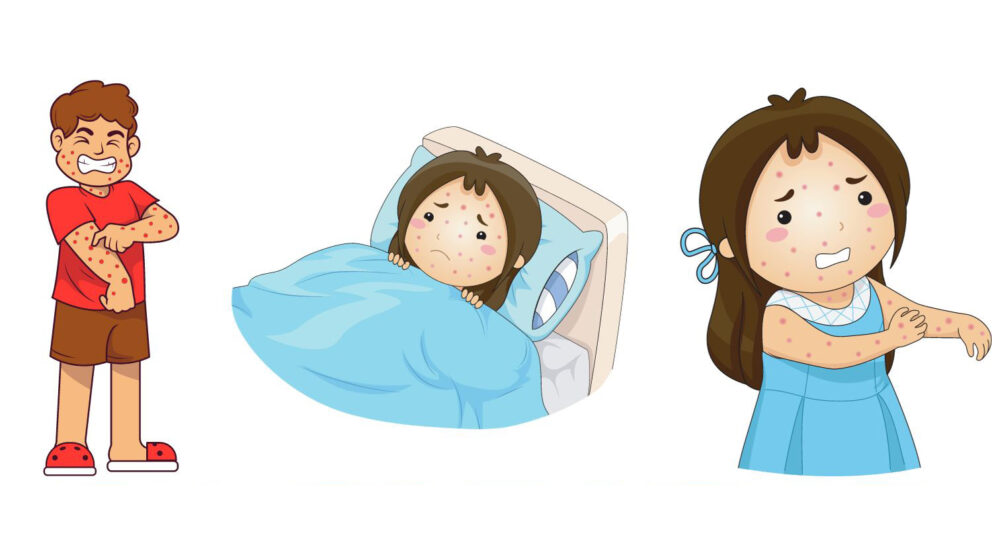
How to Treat Chicken Pox On Eczema? Generally speaking, chicken pox on its own is treated with paracetamol to bring down the fever and calamine lotion/antihistamines to relieve itching.
But what about chicken pox on eczema ? Well, these treatments will often also work, and you should maintain your regular eczema care but strictly avoid any steroid creams you may be using.
Steroid creams applied to chickenpox can worsen the infection. However, lukewarm baths with added oatmeal can be effective while keeping them well-hydrated. It’s also wise to keep nails short to minimise scratching that can lead to secondary bacterial infections.
Supersoft Eczema Clothing Can Be Really Helpful
NHS advice also recommends dressing young chicken pox eczema sufferers in loose cotton garments to minimise scratching and keep them comfortable. However, when those garments are Supersoft Dreamskin coated HappySkin TENCEL™/cotton clothing, they also get effective and gentle support for eczema after chicken pox has come and gone.
Helping to restore the skin’s ability to regulate its moisture levels, the unique Dreamskin coating technology covers every garment, breaking the eczema cycle and giving your little angels the relief they need.
Minimising the Impact of the Chickenpox Virus
Not much can stop your child from contracting chicken pox at some point, as it’s just so transferable between kids. However, when they do eventually get it, it’s about making them as comfortable as you can while the virus passes through its natural cycle.
By following the guidance above and using Happy Skin eczema garments, you give them the best possible chance of going through the process with the minimum of irritation.
To find out more about what our eczema clothing can do for your child’s eczema, take a wander around our website where you’ll find lots of useful info. Alternatively, to speak to us, call 01707 260 505 today or book a consultation with one of our experts, who’ll be happy to discuss your needs.
